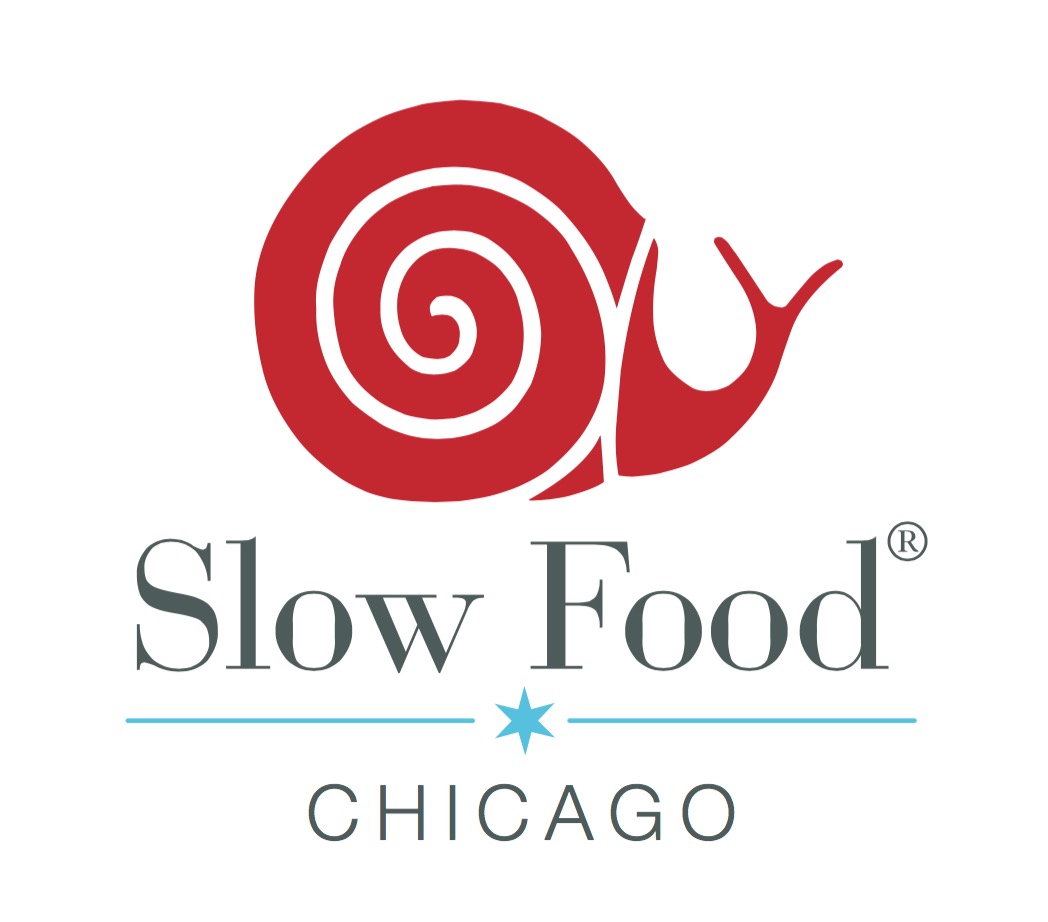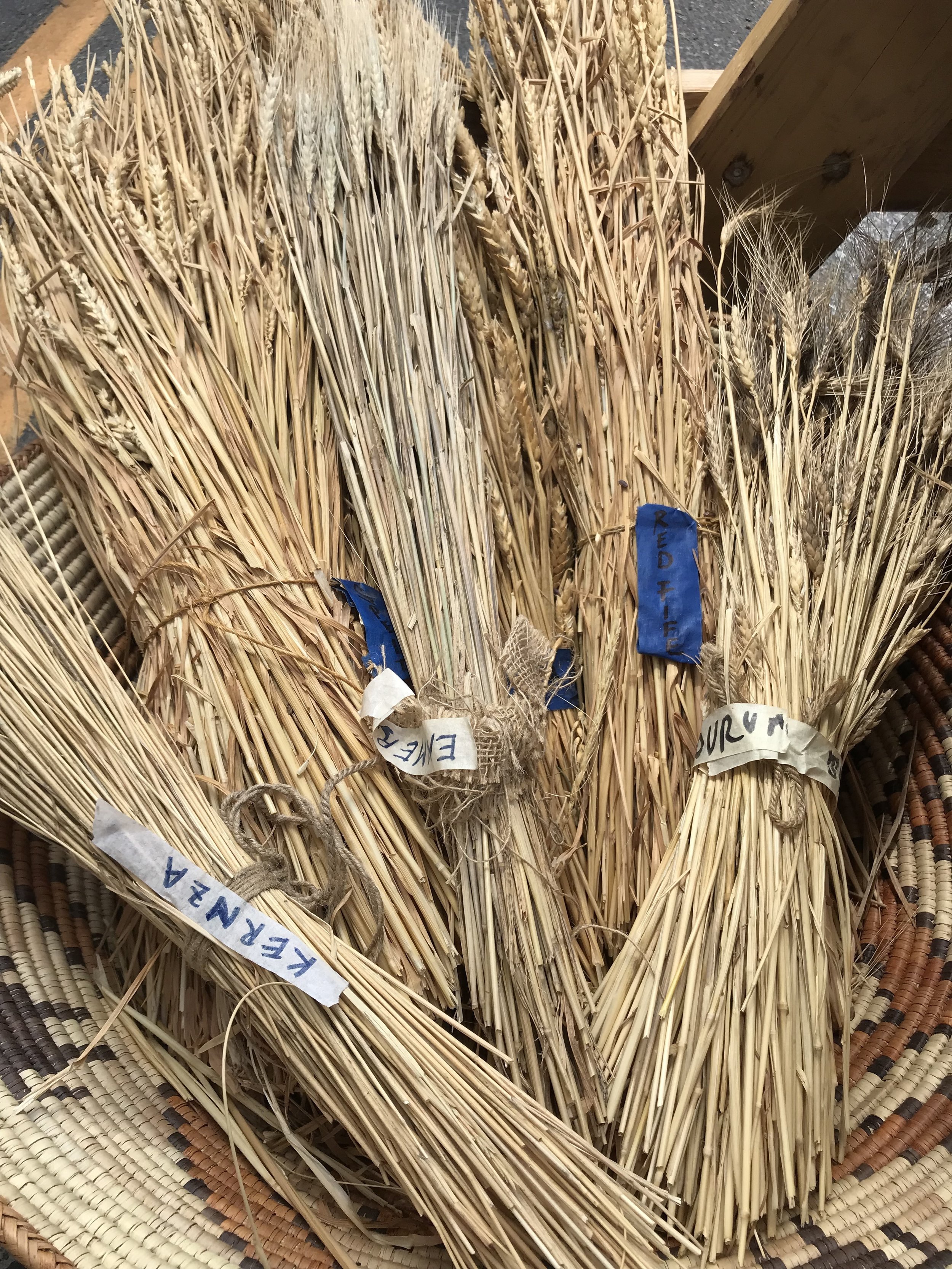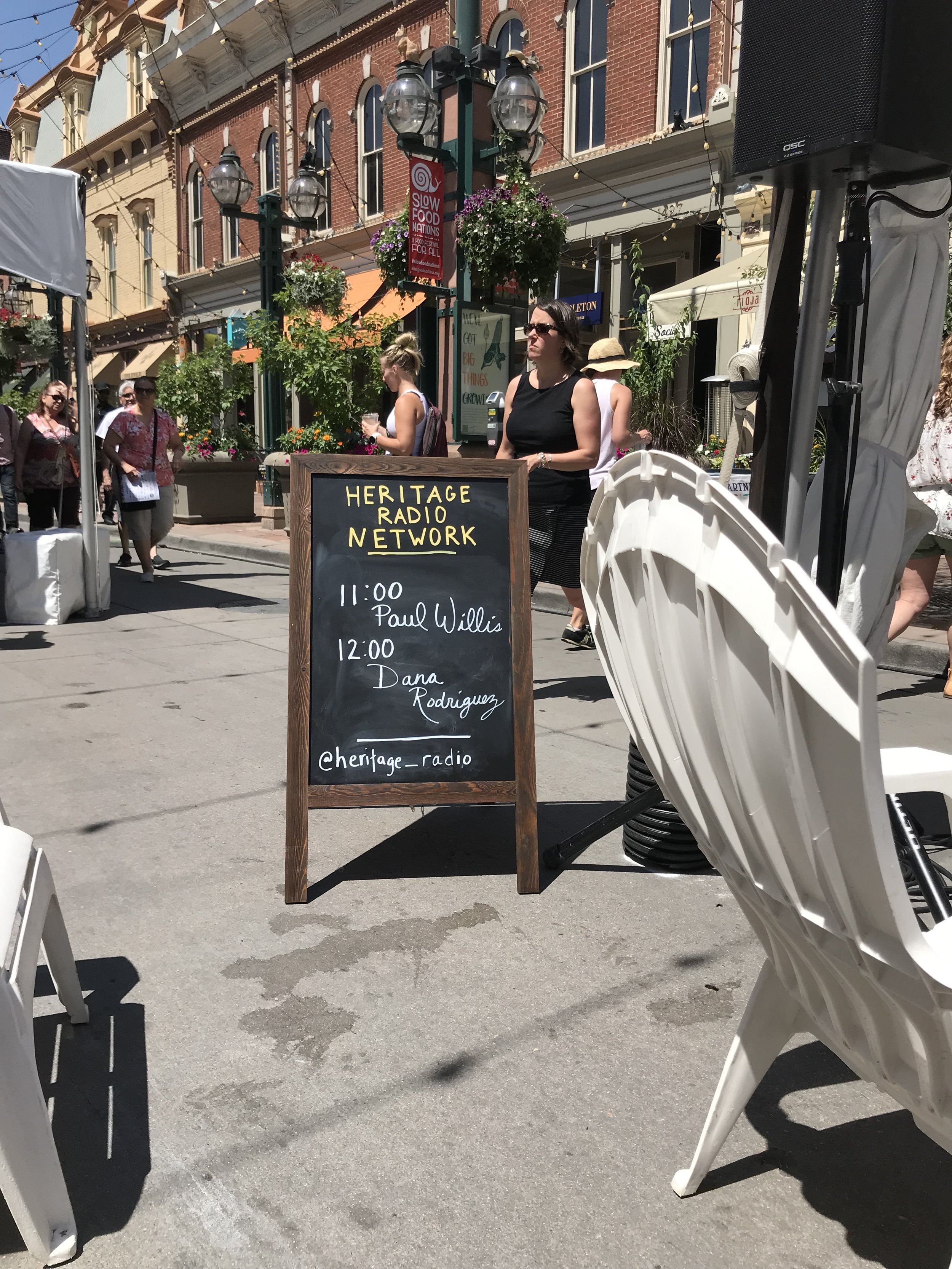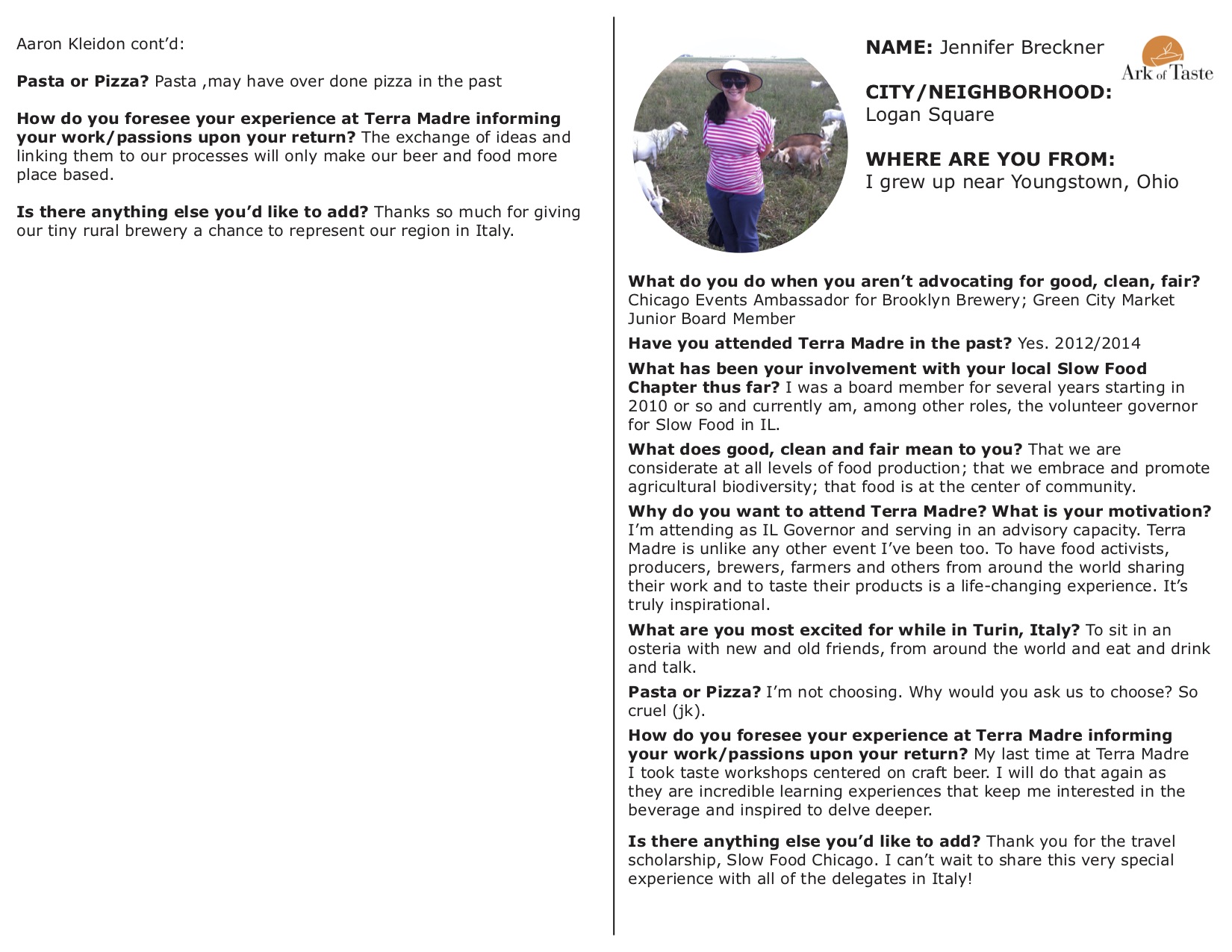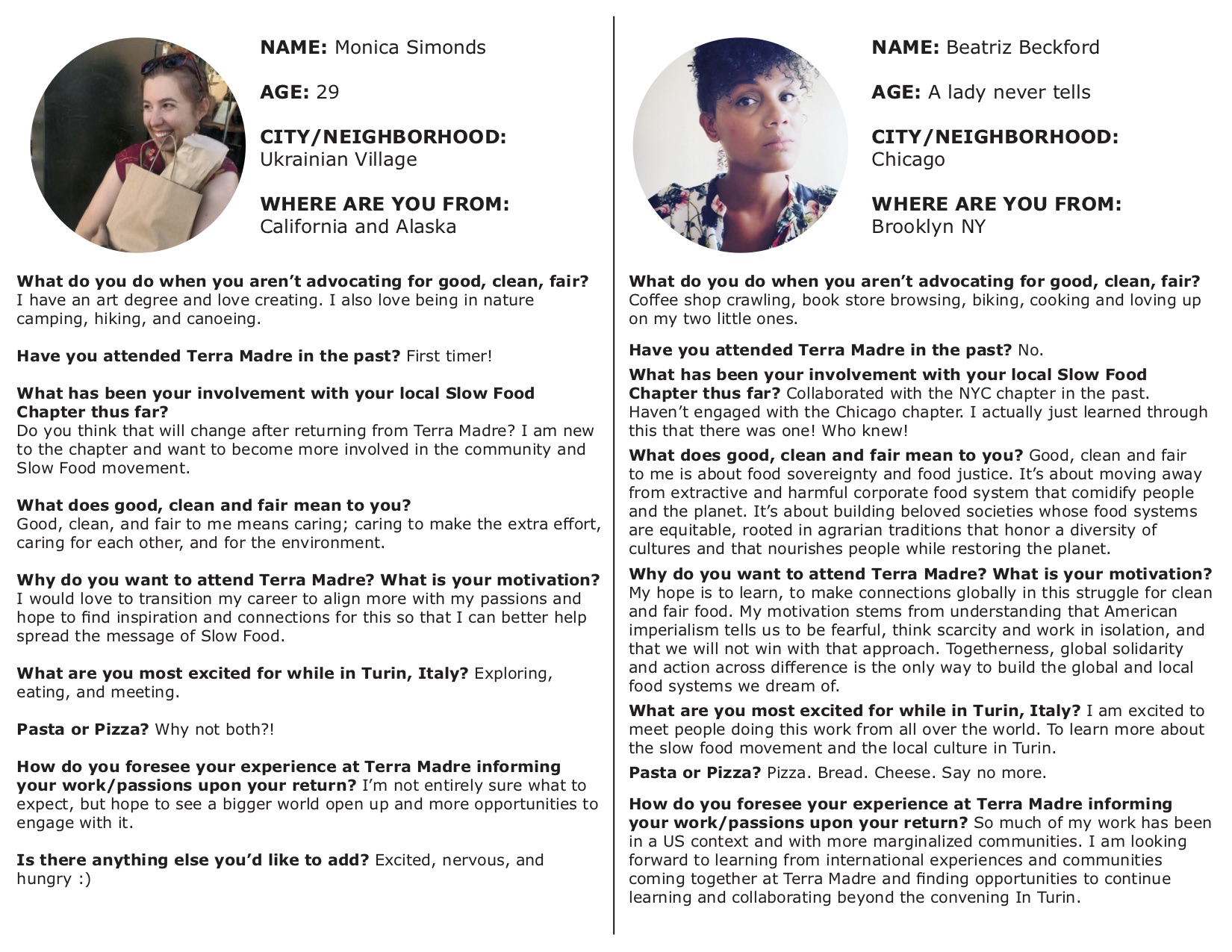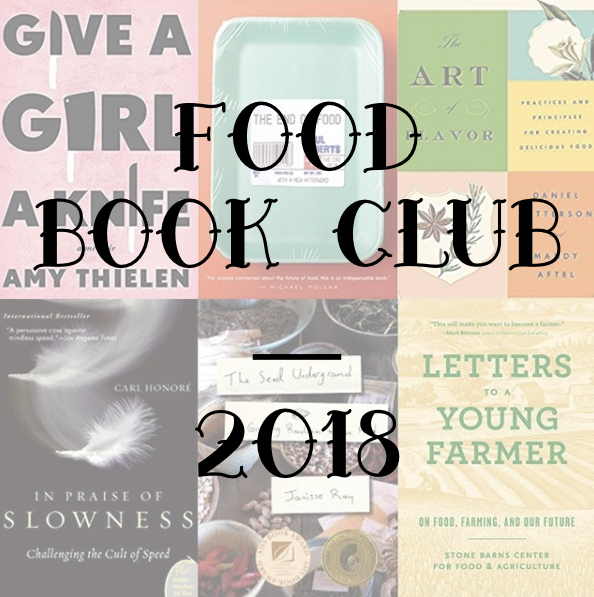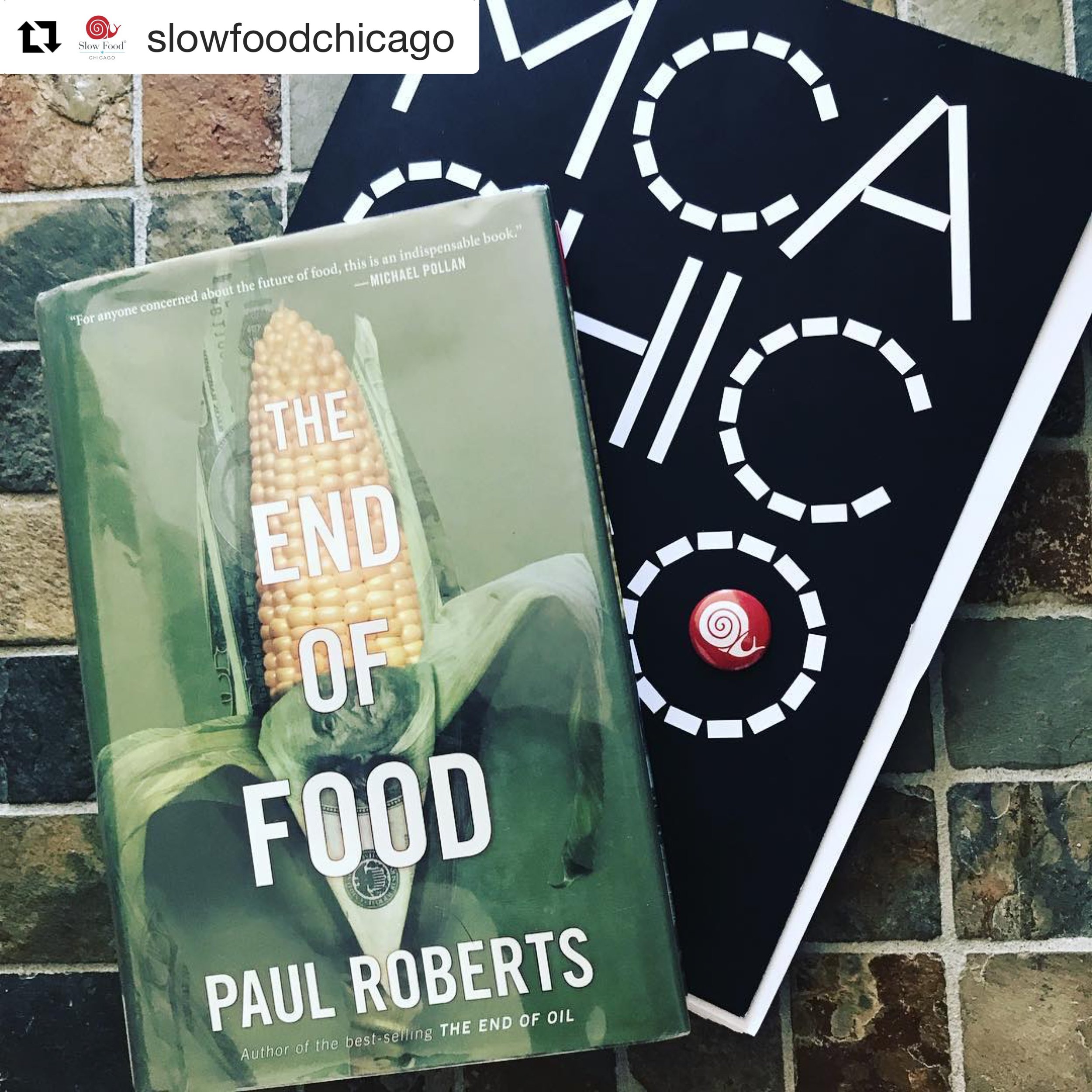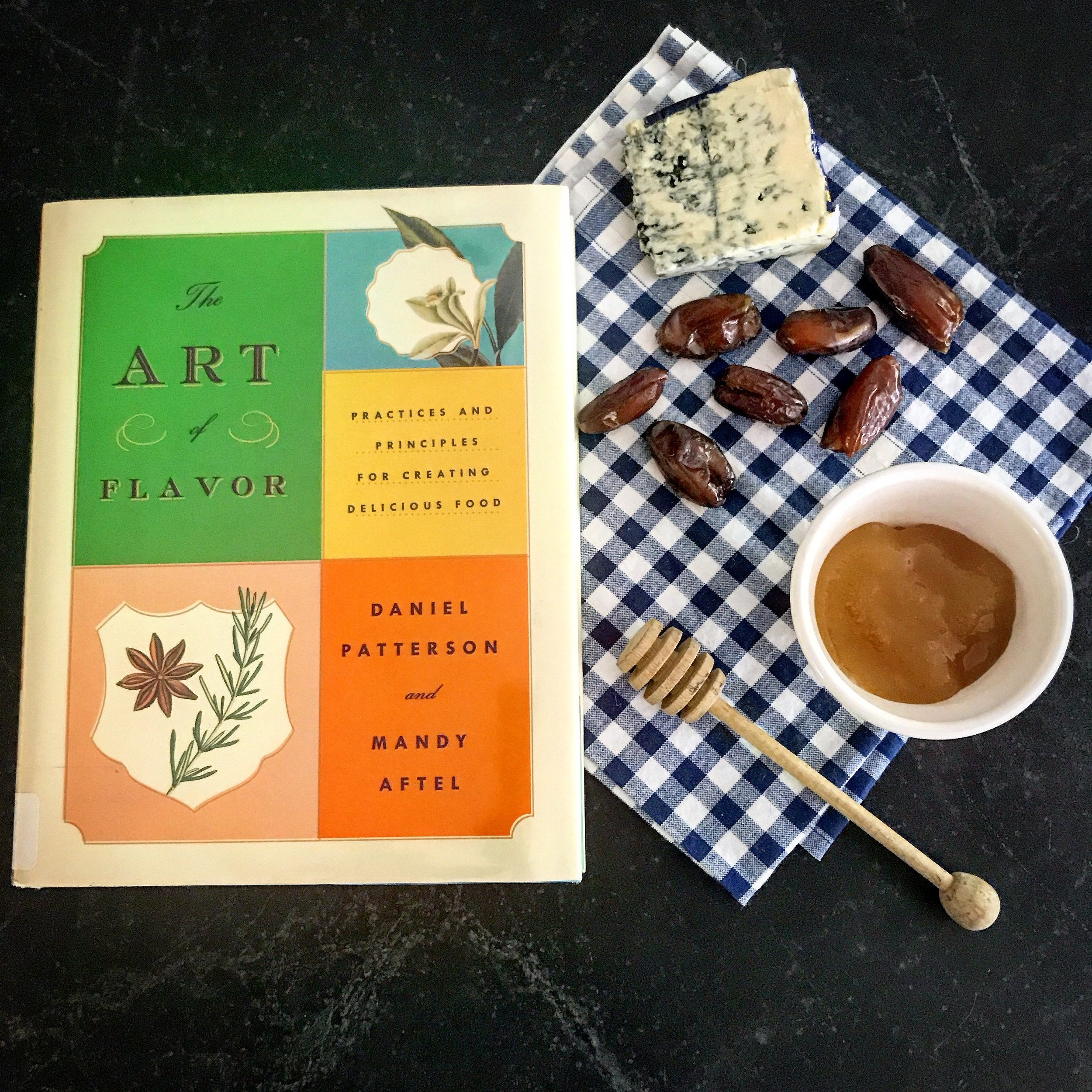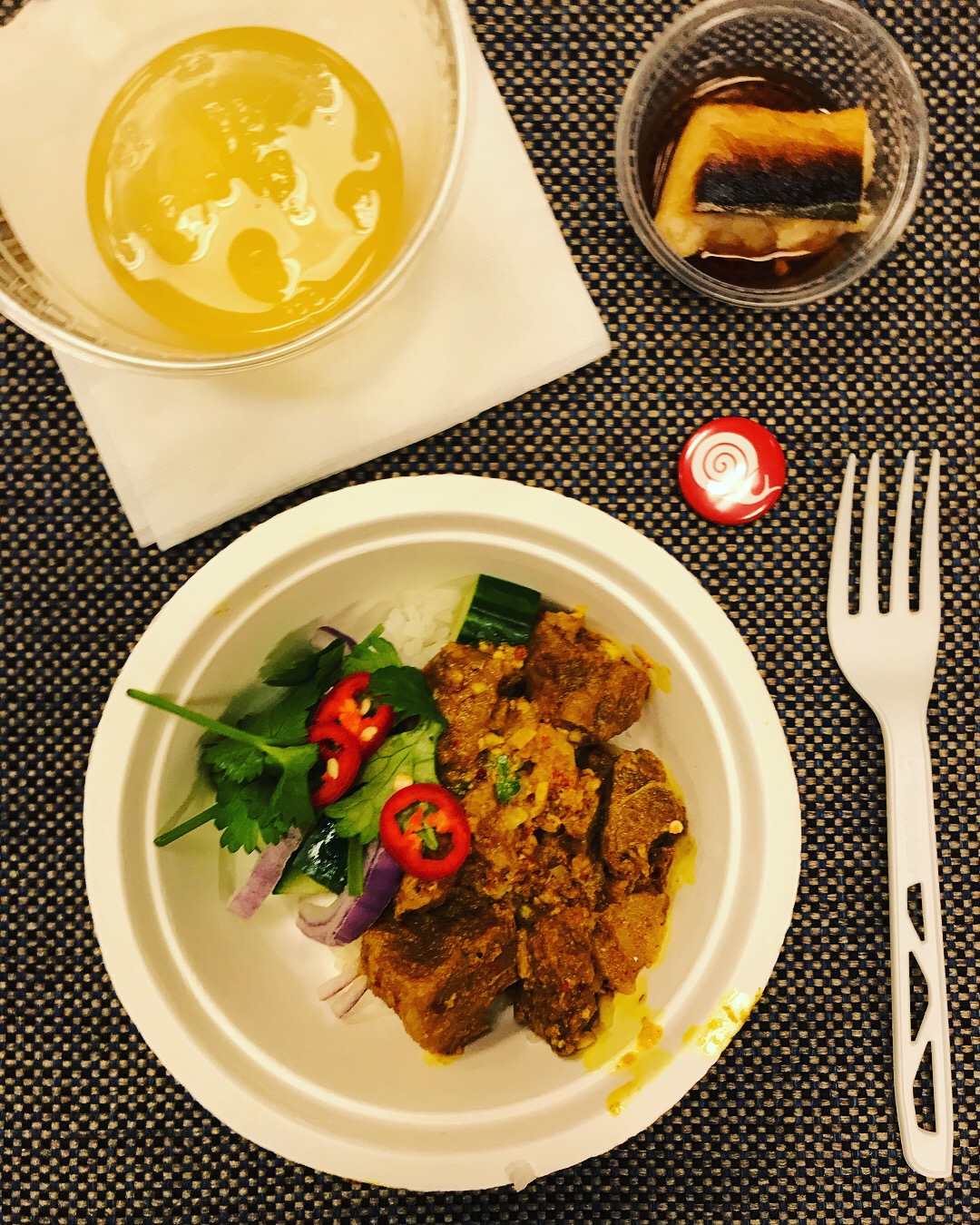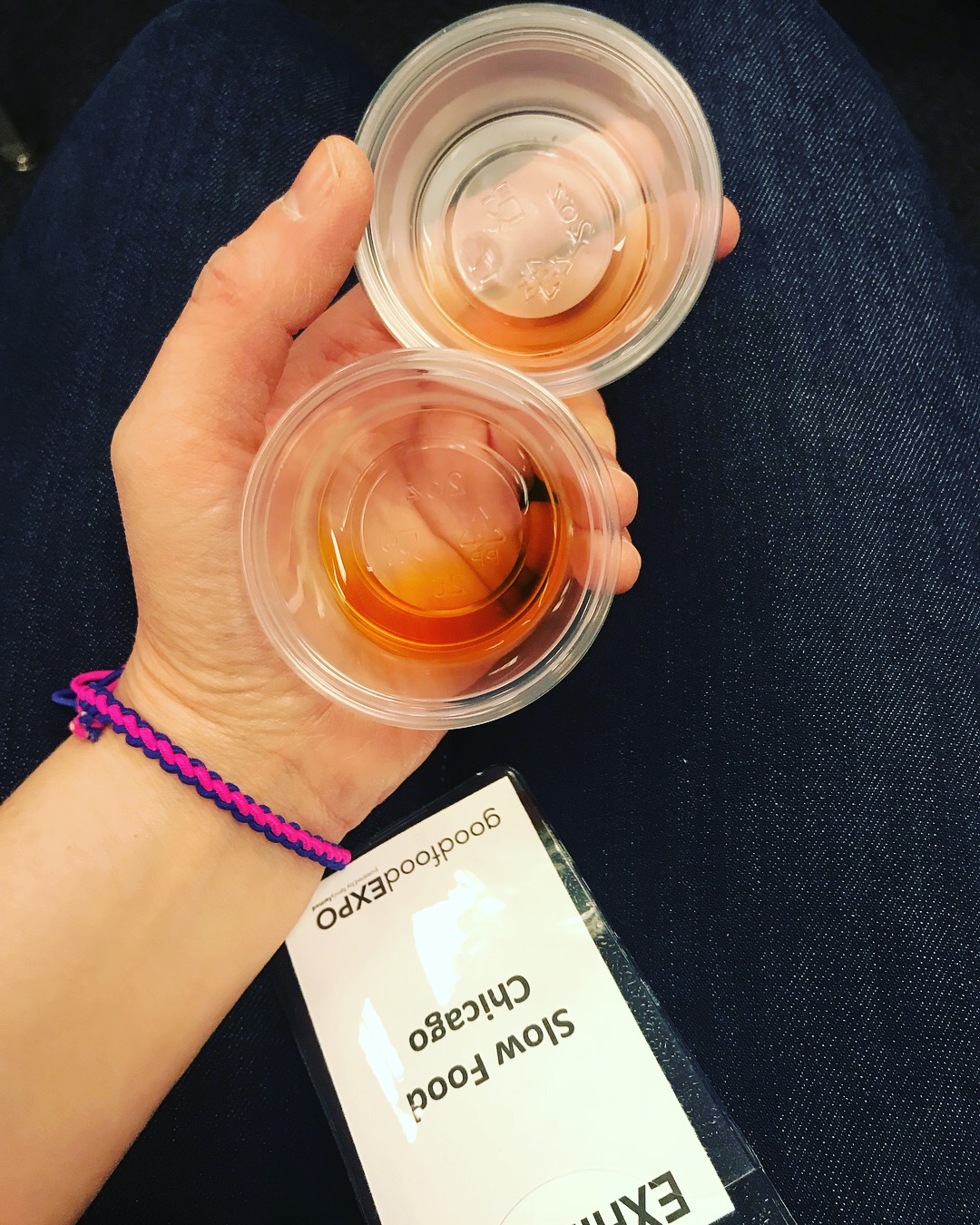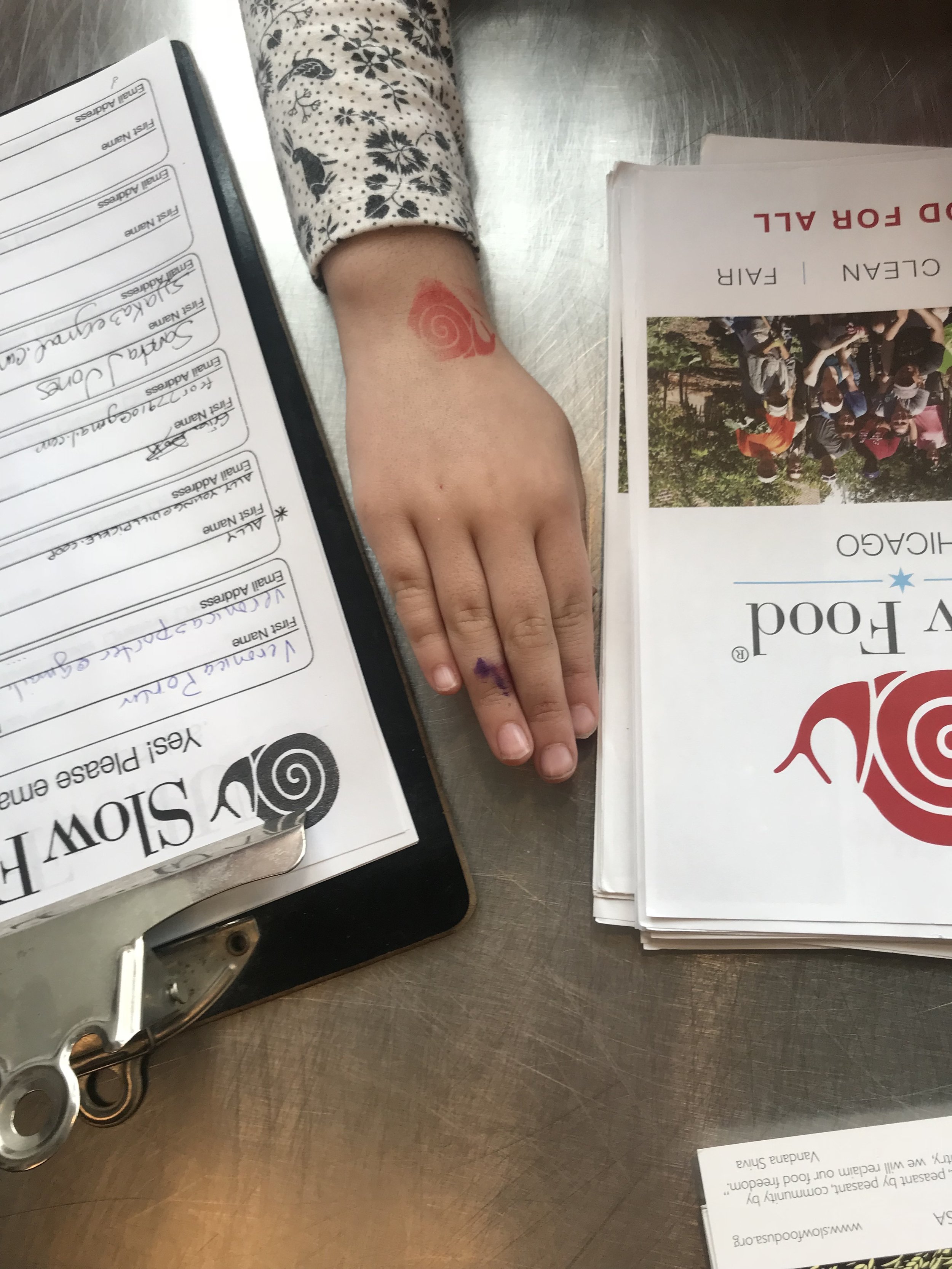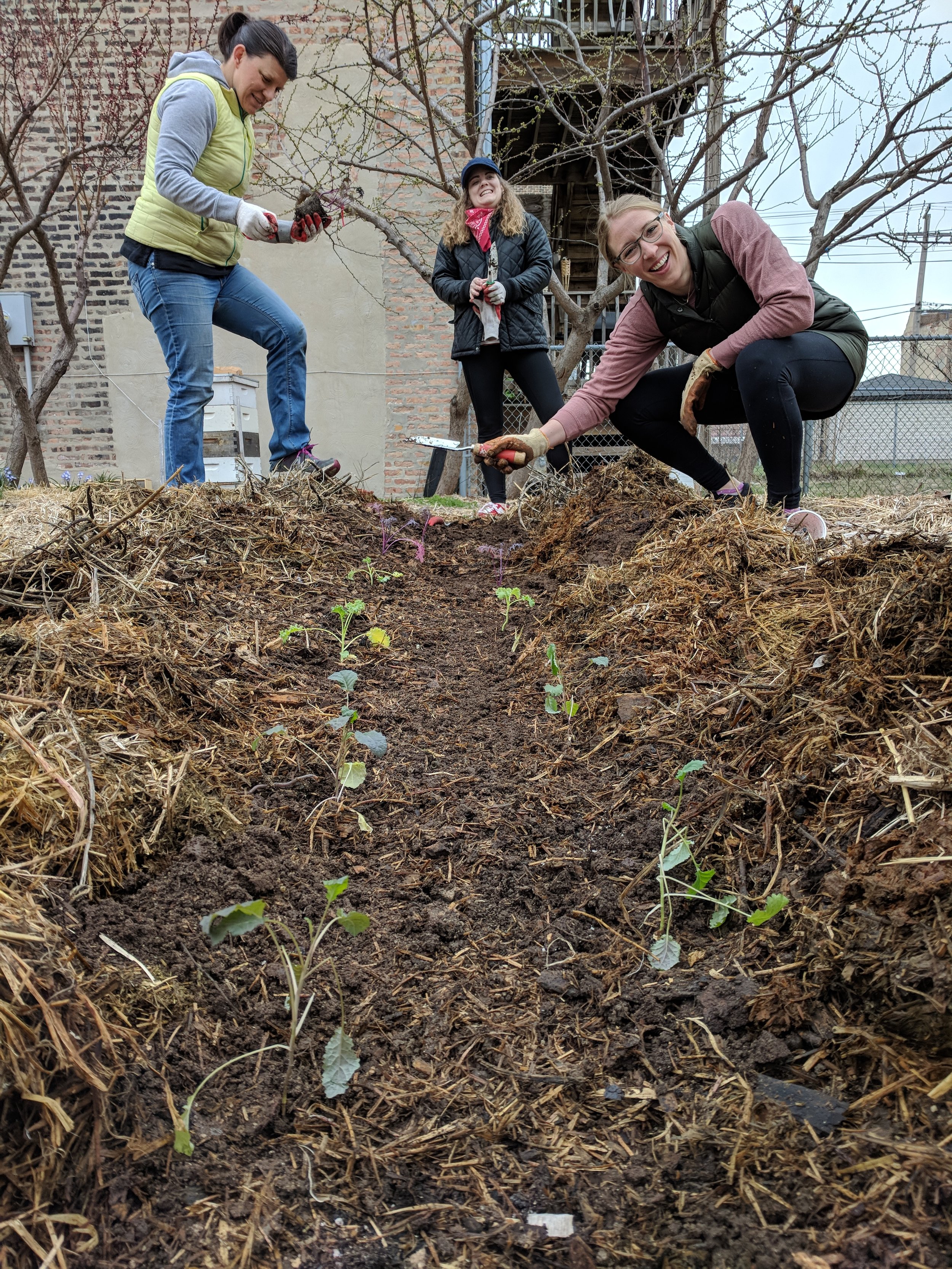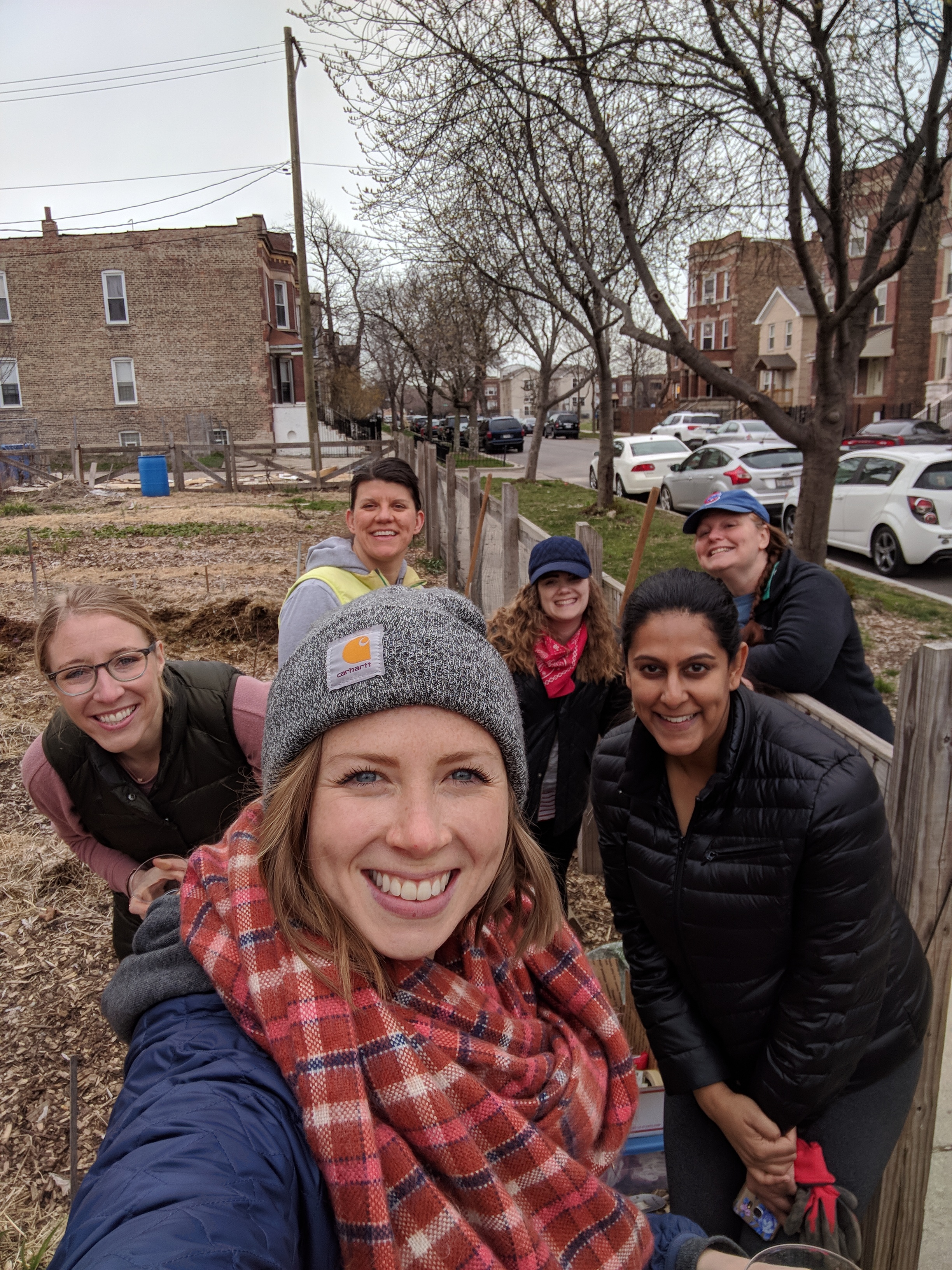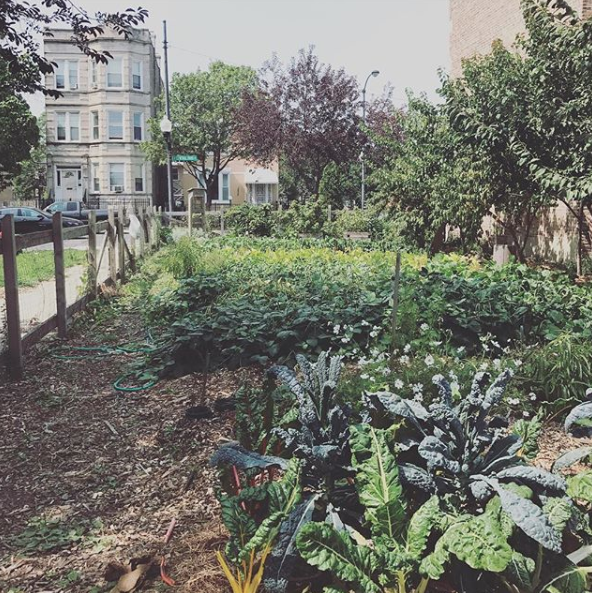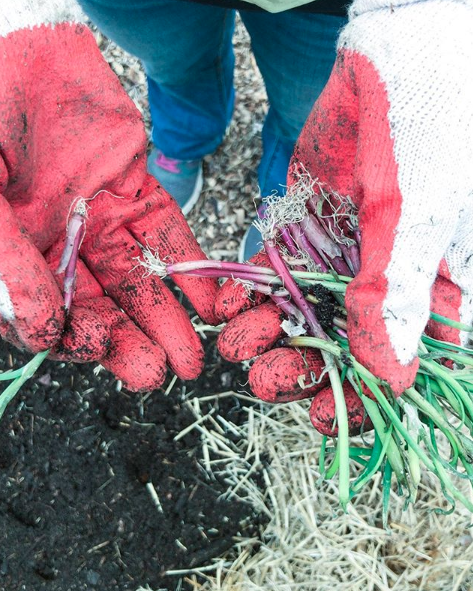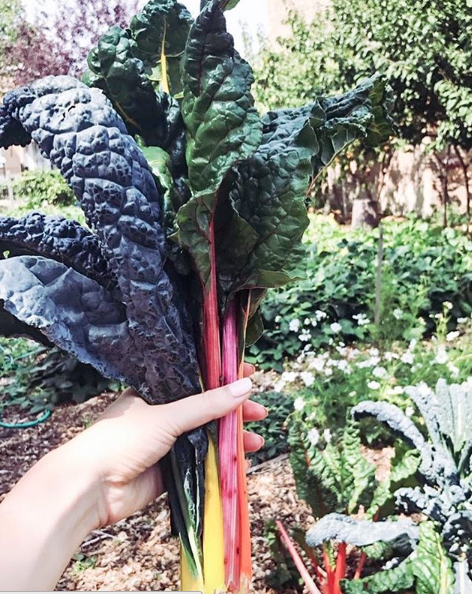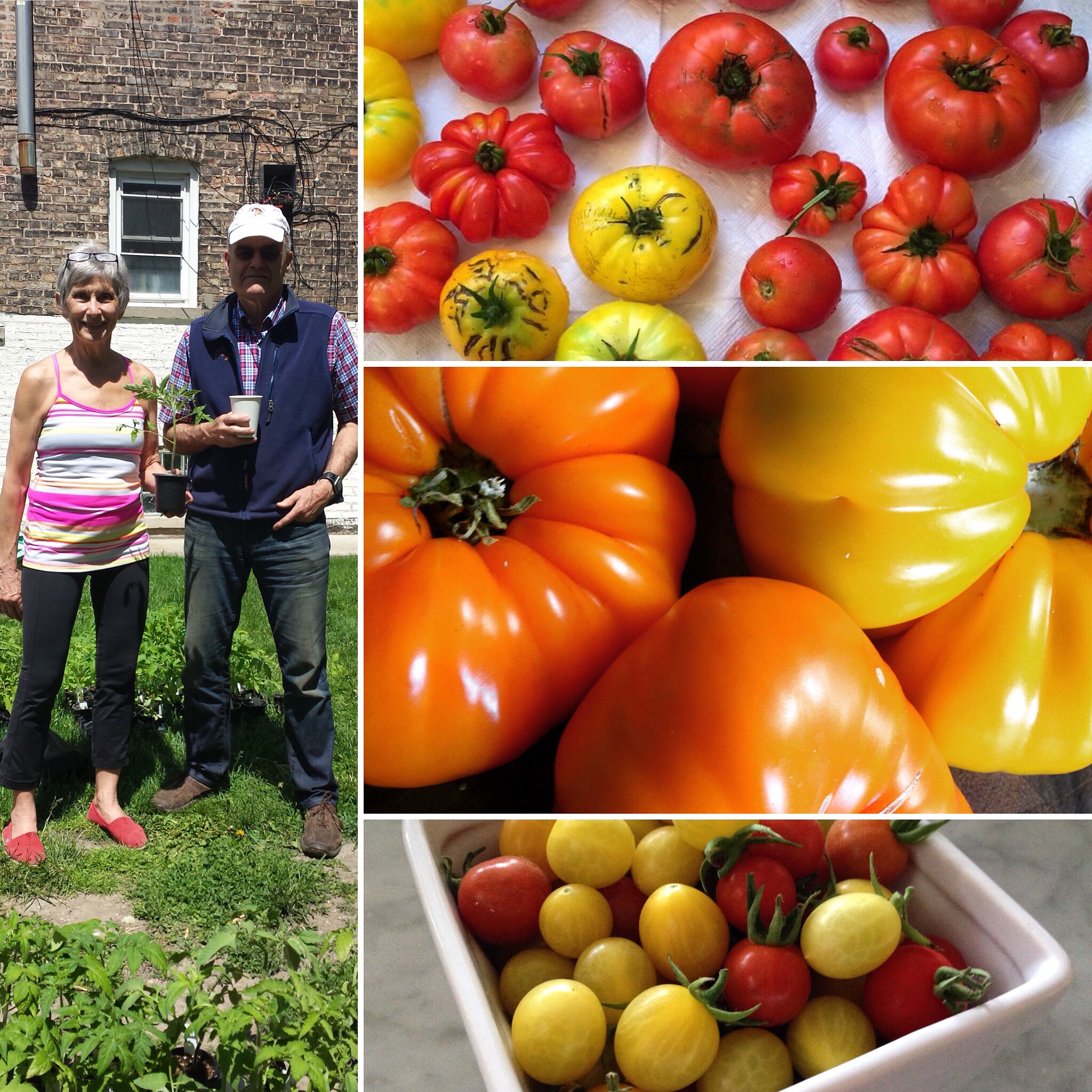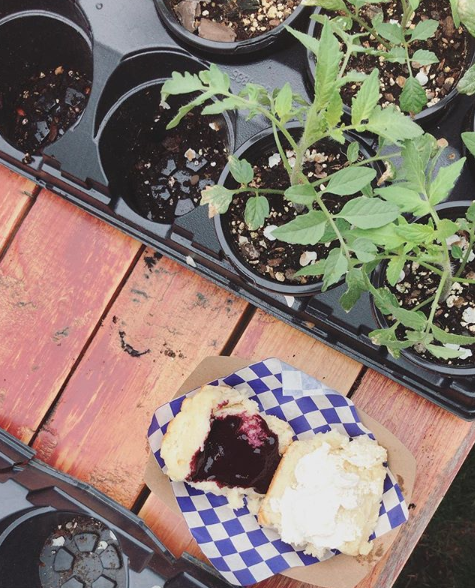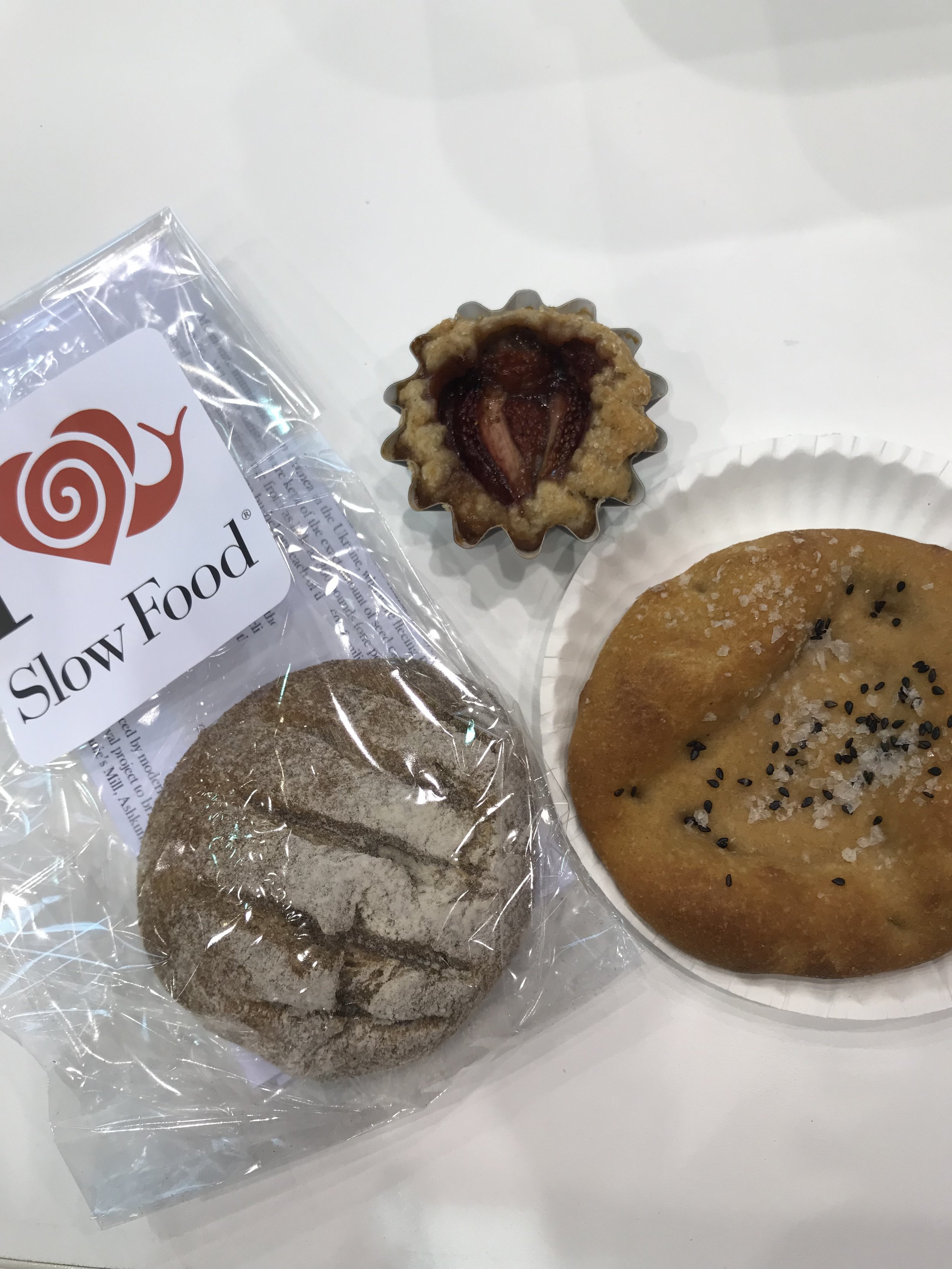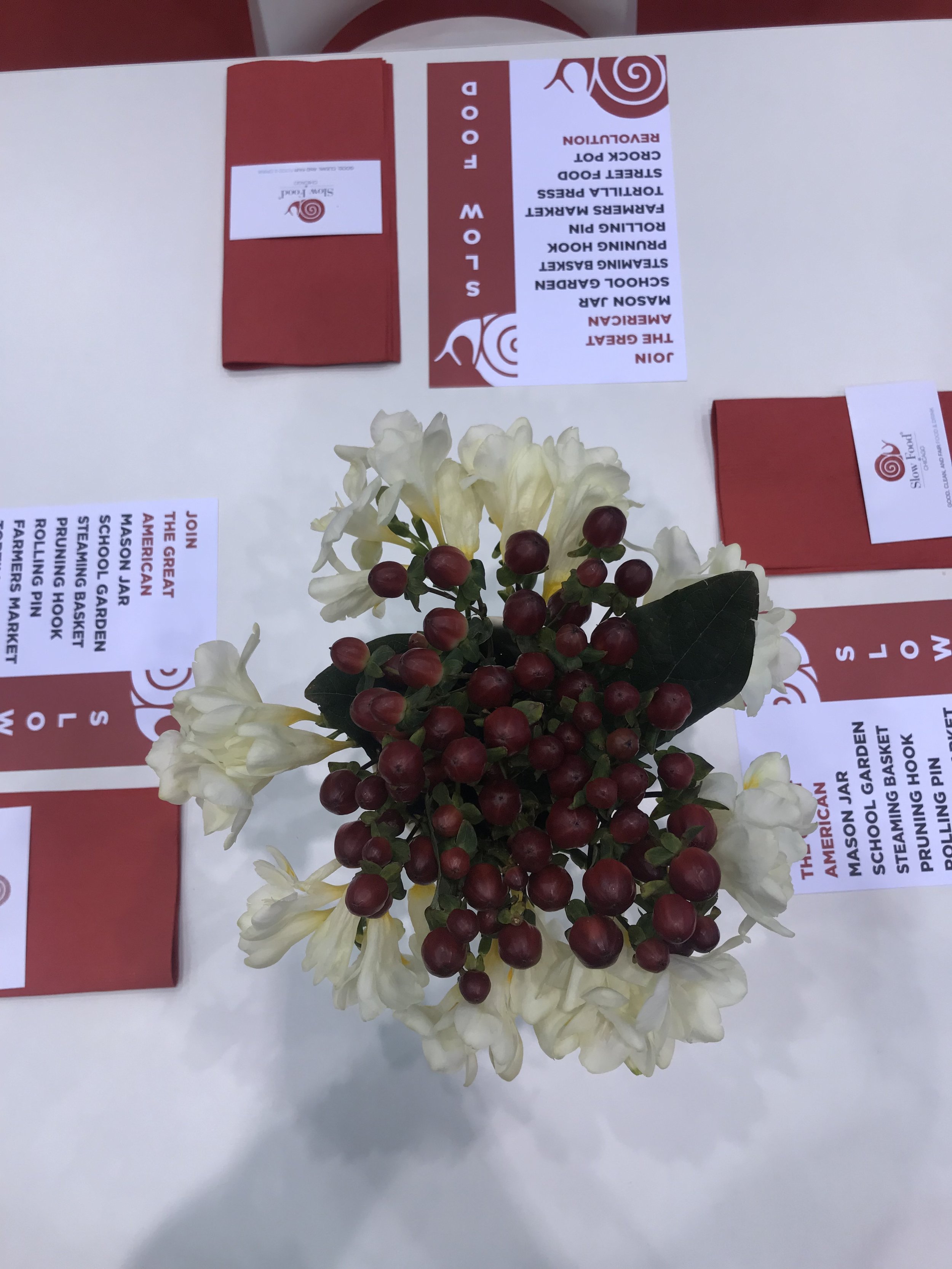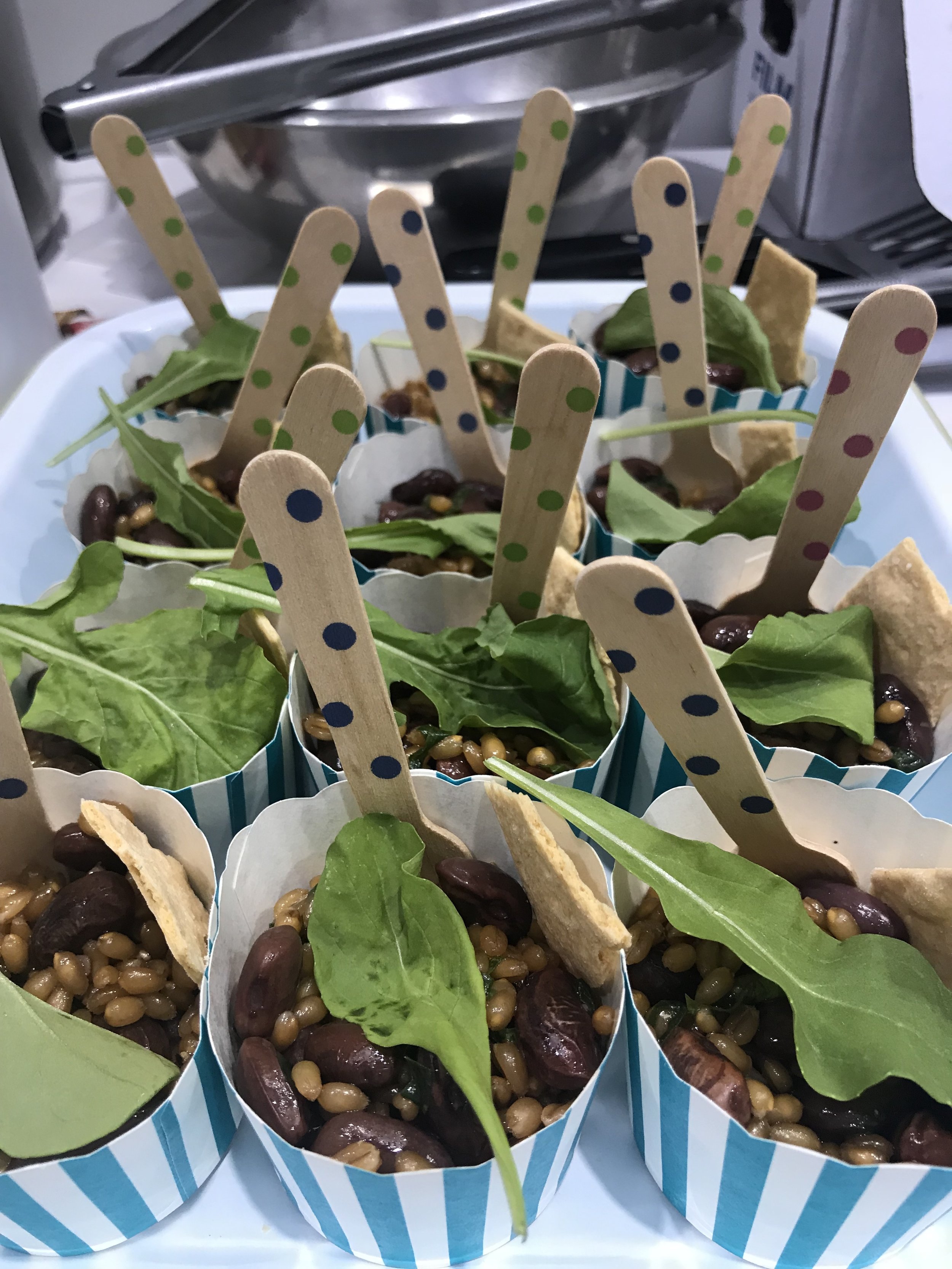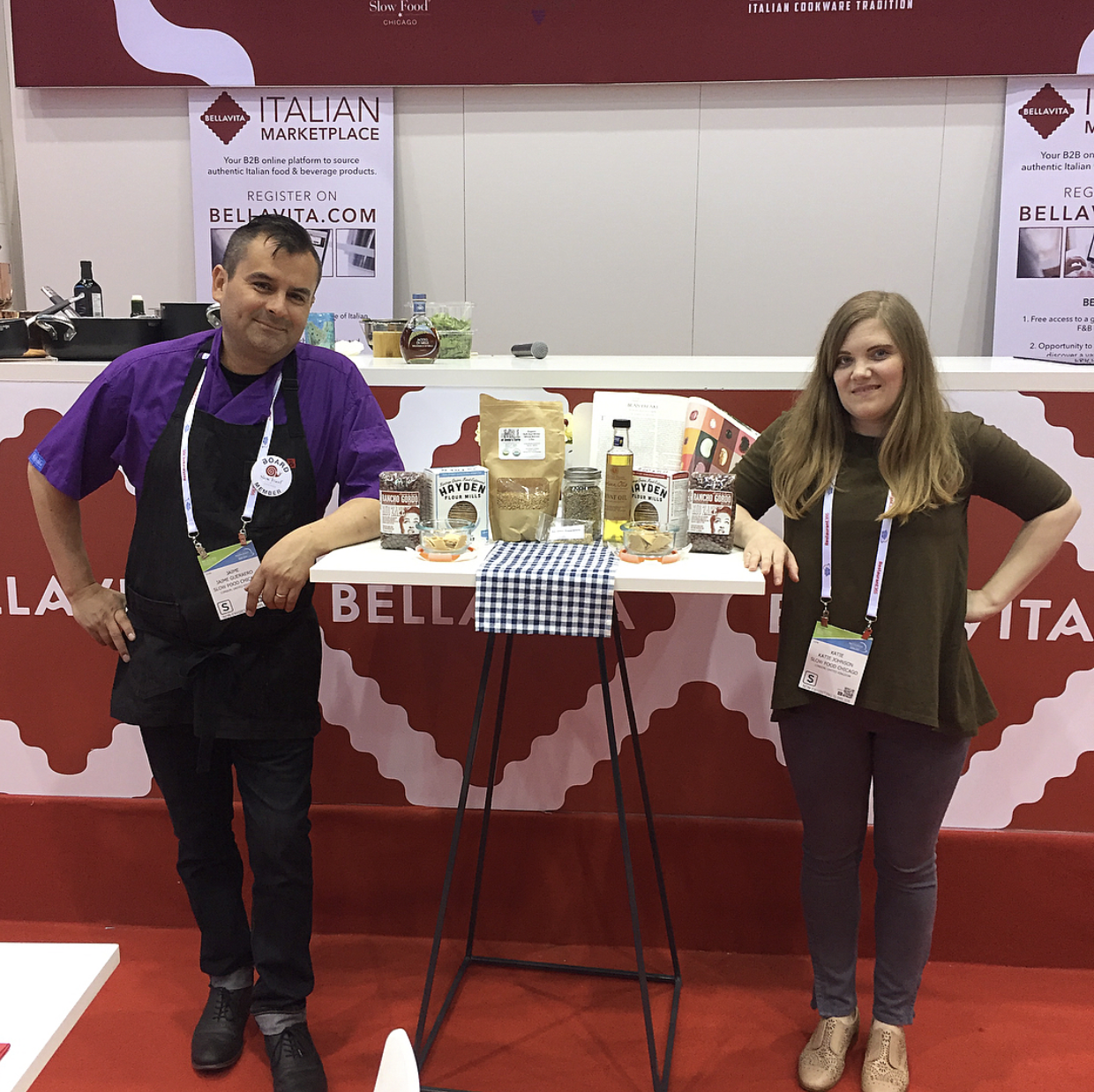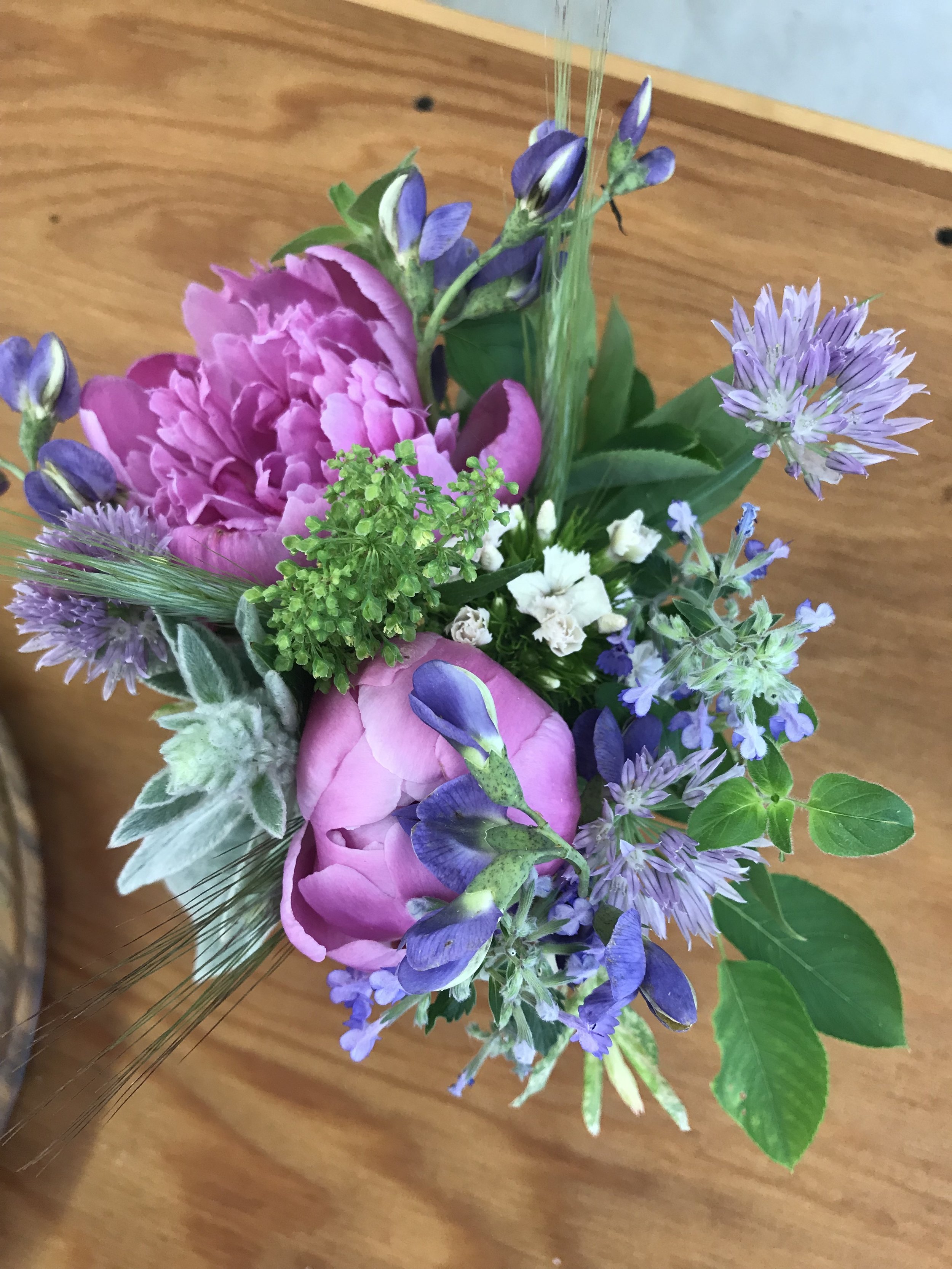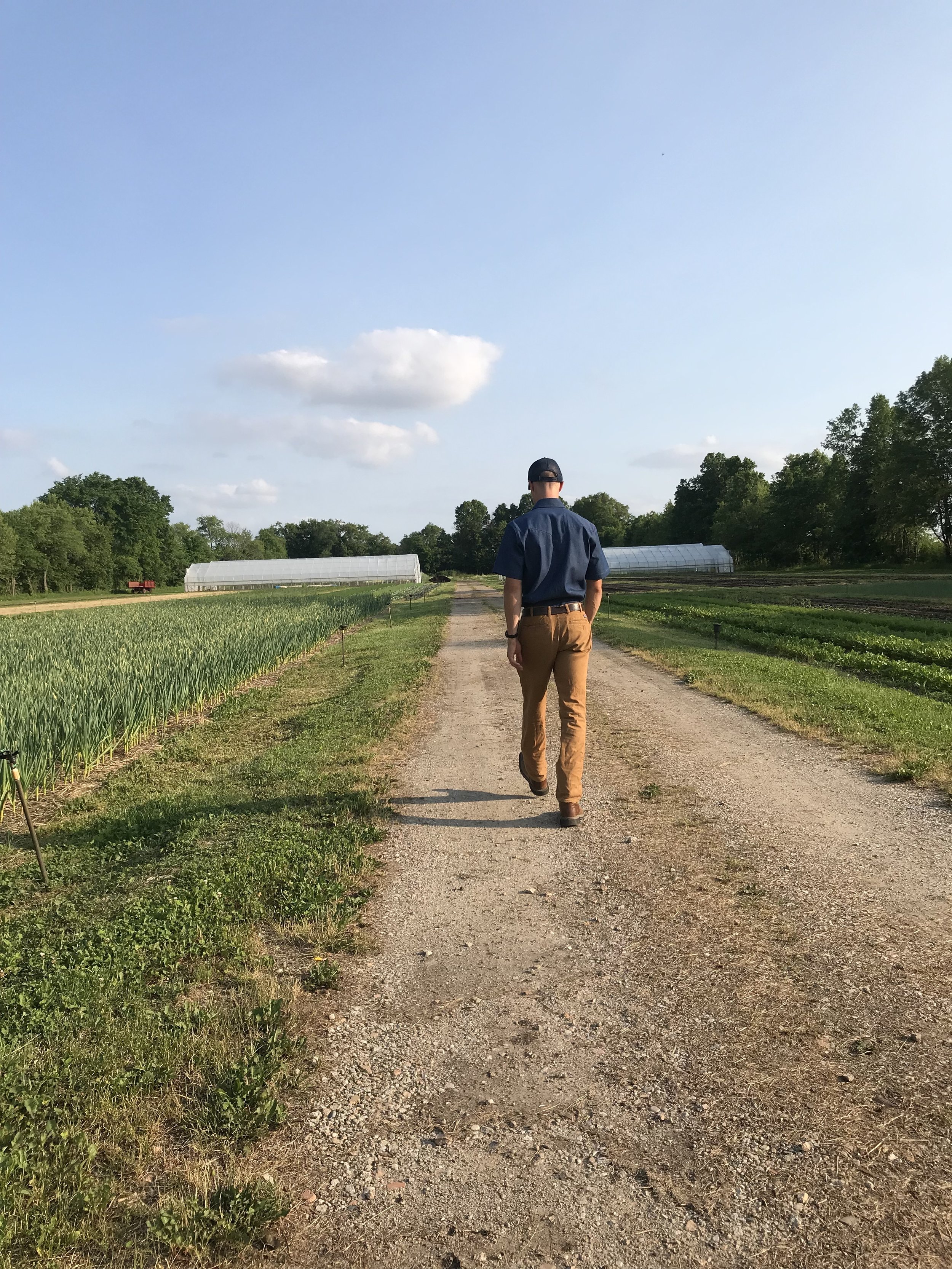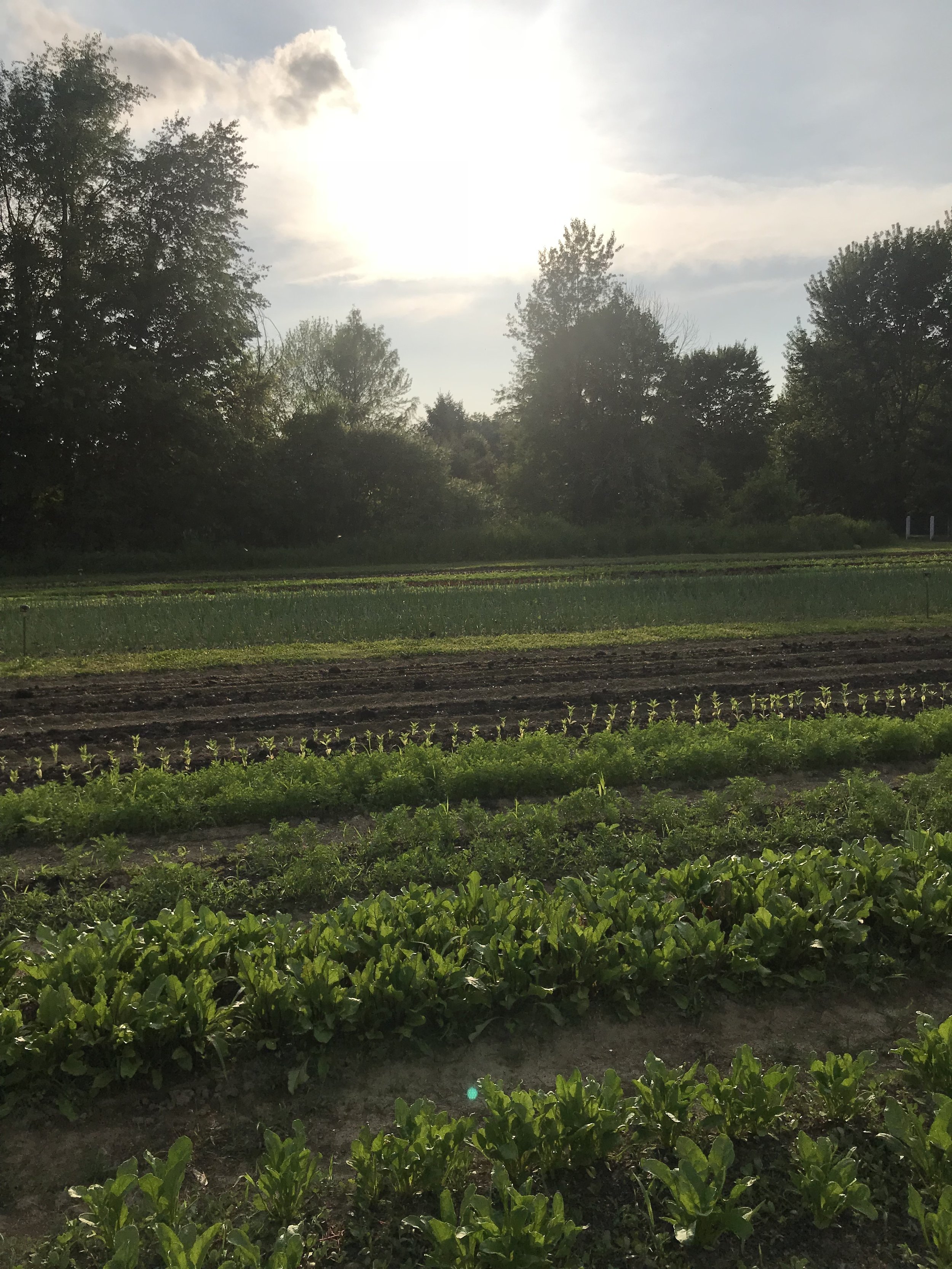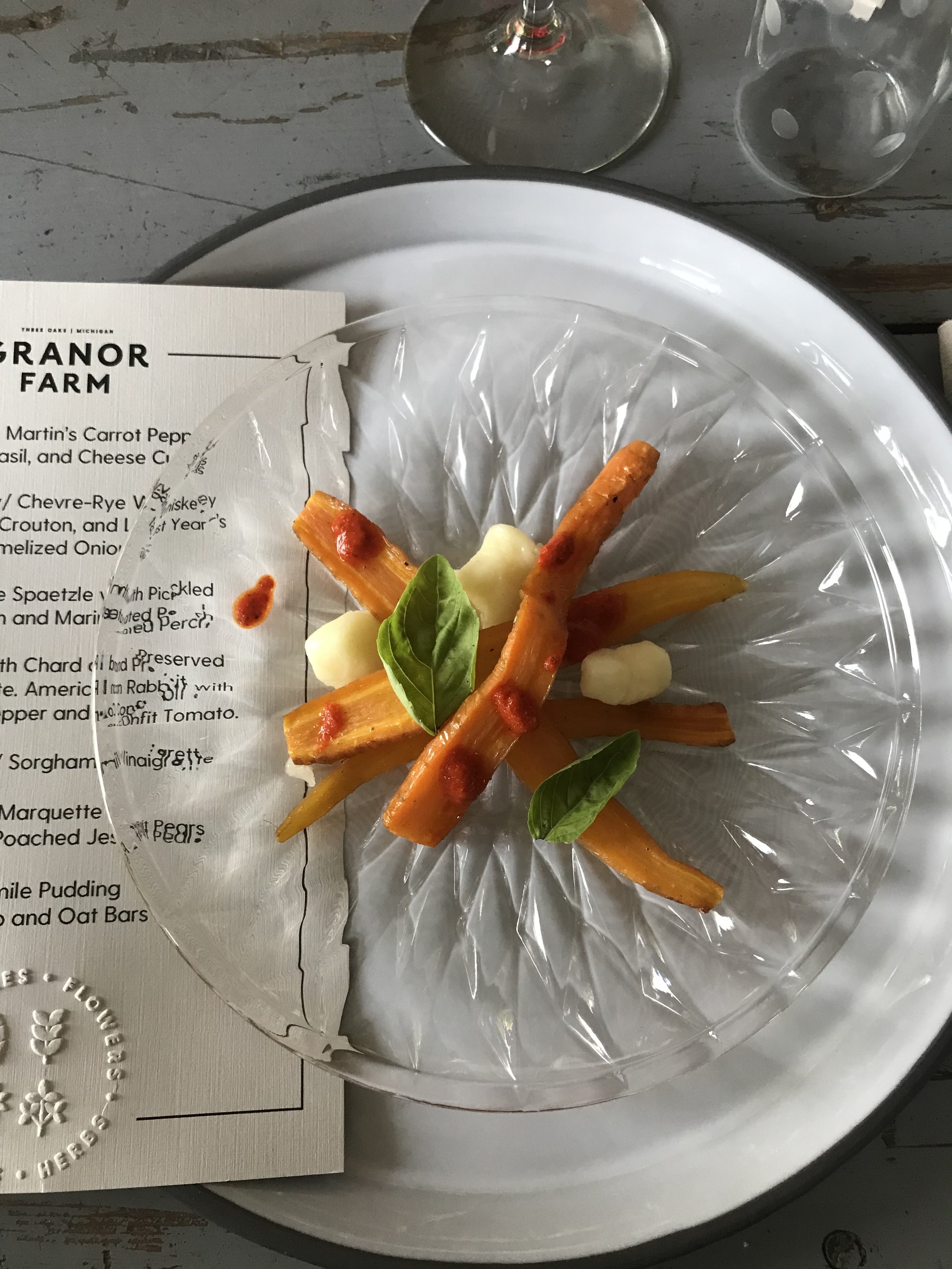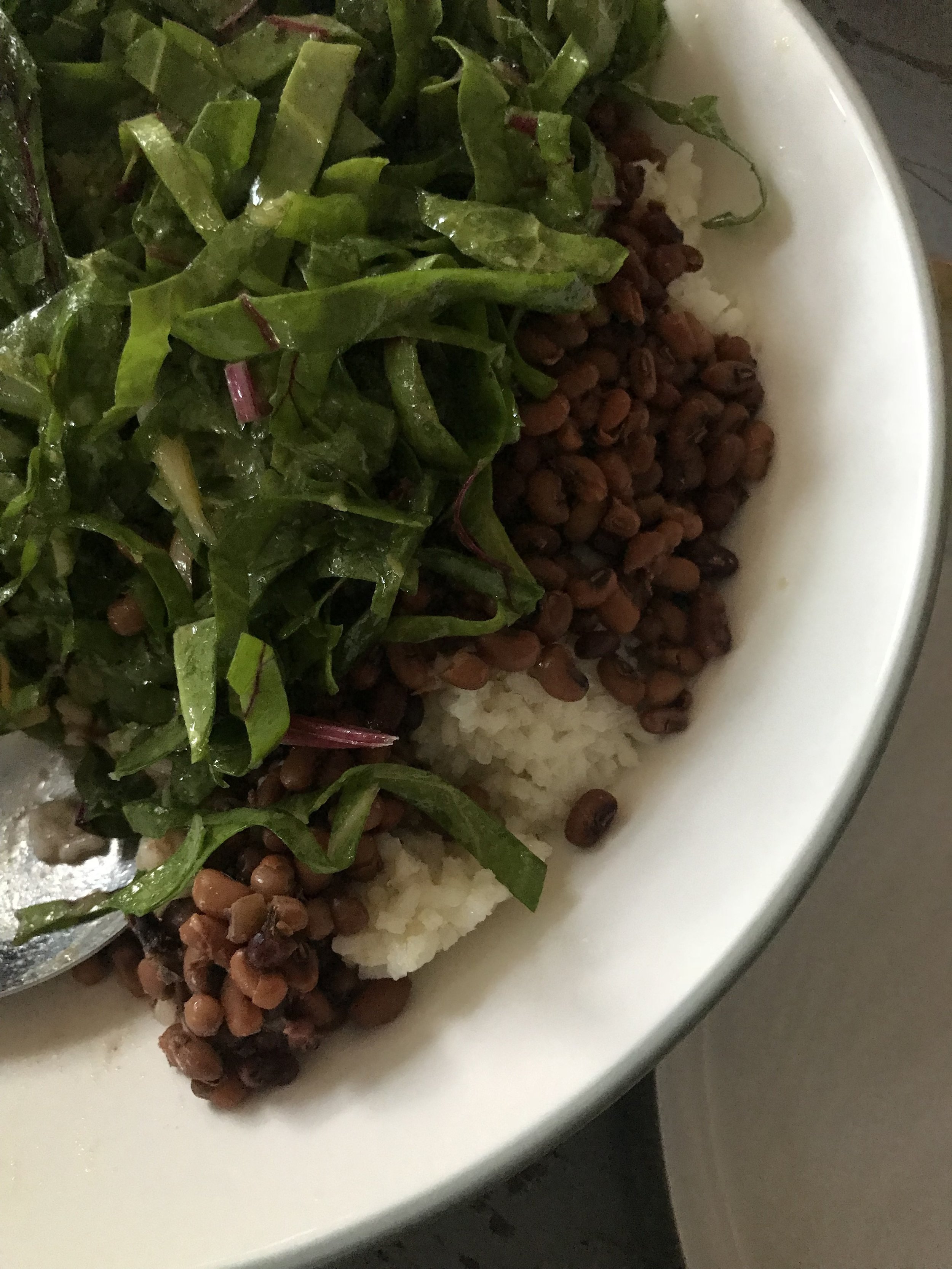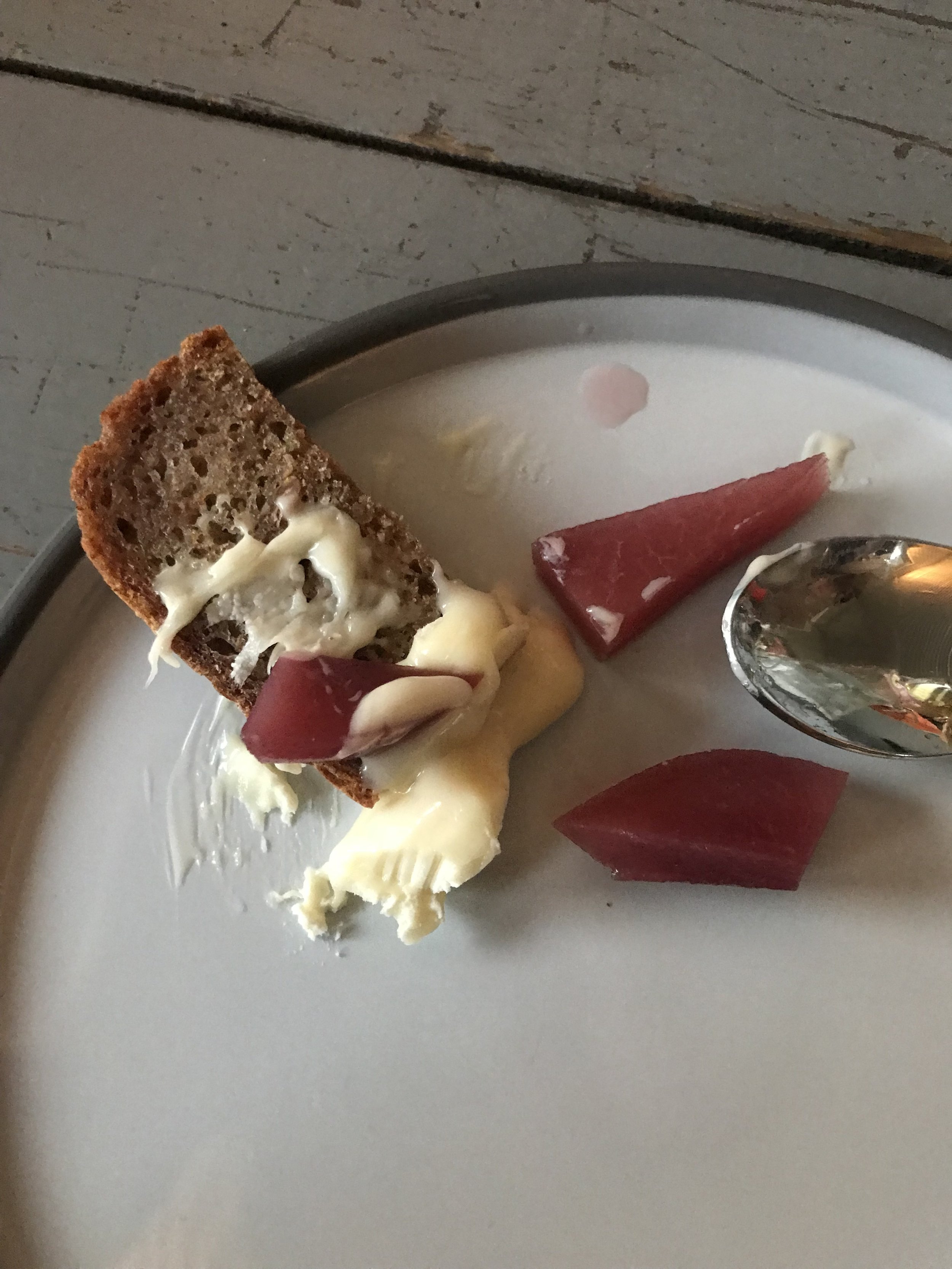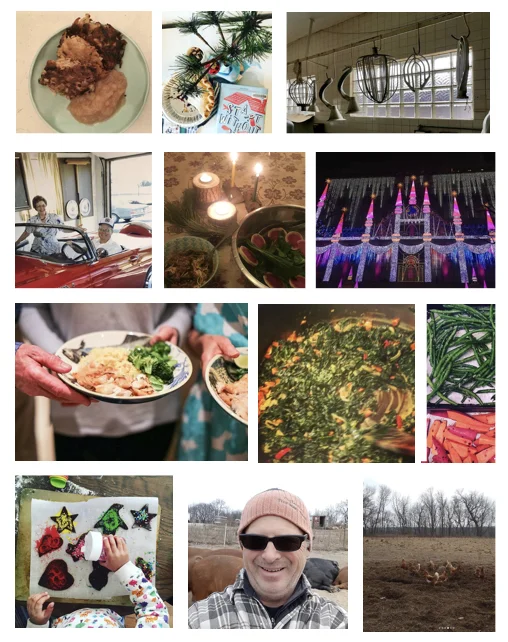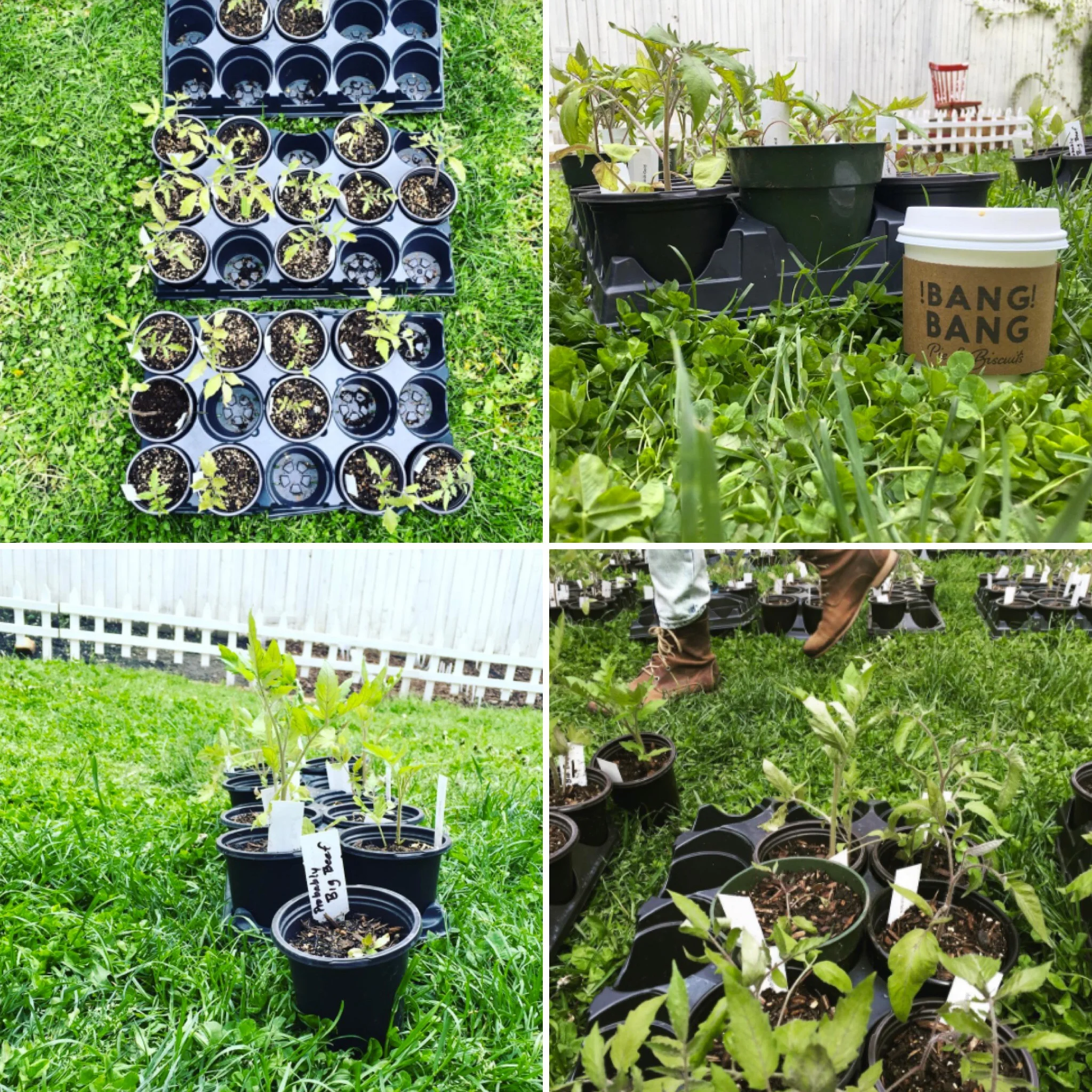A Slow Food Nations Recap : Change is Slow, So How Do We Become Snails on Skateboards?
/Being involved in the Slow Food movement often means you advocate tirelessly for changes that take effect, well, rather “slowly.” So how do we speed that process up? At one of the forums during 2019’s Slow Food Nations in Denver, CO this past July, a panelist suggested that we work together to share ideas and best practices, finding allies in each other and in like-minded organizations who have the bandwidth to also support our causes. By working as a network of individuals as opposed to sometimes regionally isolated advocates, we can in essence give ourselves the power to move that proverbial weighty food system needle just a little bit father than we had the capacity to on our own. In theory, this allows us to become “snails on skateboards” - speeding up the change to create the world of values we envision.
Luckily, attending events like this one organized by Slow Food USA, is always a good reminder to not get disheartened, especially when it feels like you are moving at a “snails” pace. Every act, no matter how big or how small, matters and makes a difference. And enlisting the help of our allies (whether fellow Slow Food chapters in the region or partner organizations, farmers or producers), means we are not only supported in our work, but that we can get it done at an ever so slightly quicker pace. Below, you’ll find two articles by Slow Food Chicago board member and co-president, Katie Johnson, recapping her experience at just two of the panels she attended, which reiterate this theme of collaboration married with patience to endure the journey of effecting change. Stay the course, my “slow” friends! We are making change happen, no matter the pace.
Slow Food Nations, In Images
Check out our Instagram Stories for more from Denver, CO this summer!
CRAFT BEER FOR CHANGE SUMMIT (Saturday, July 20th, 2019)
Adam Dulye (Brewers Association) - Moderator
Dr. J. Jackson-Beckham (Craft Beer for All) - Panelist
Katie Wallace (New Belgium) - Panelist
How can drinking beer effect change? With the ever growing popularity of craft breweries and innovative locally focused small-scale brewers, can you imagine the impact if more consumers paused to look at the values brewed into their beer prior to consuming it?
Dr. J. Jackson-Beckham shared some statistics to give the audience at the “Craft Beer for Change” Summit a frame of reference for just how vast the potential is when consumers react to brewers who take “responsibility for their beer.”
There are upwards of 7,000 craft breweries in the U.S.
Somewhere around 80-85% of Americans live within 10 miles of a craft brewery.
The demographics of craft brewing are ripe for change with only 31% of brewers being women (fewer still are owners) and an even smaller margin, 4% being African American.
As America’s most consumed beverage, it’s easy to see how the craft beer industry has immense opportunity to influence change. And with an increasing density of breweries in or near most cities, consumers have the opportunity to shake hands with and talk to brewers in person instead of heading to a grocery store where you may be able to source the product, but won’t gain the knowledge you could if you source direct from the brewery itself. Dr. J. reiterates, relating that “something is happening when it comes to economies of value when it comes to this product.”
“This is a large industry of people who broach that together.” says Adam Dulye, executive chef for the Brewers Association and moderator of this summit. He spoke to the fact that the craft beer industry is unique in that there exists an unparalleled comradery and sense of community, to the point where there is consistent knowledge sharing between brewers. In most industries this same mentality isn’t sustainable due to the drive for competition above all else. Dr. J. confirmed this point by calling out the collaborative nature of brewing as can be seen from the popularity of “collaboration beers,” often born out of necessity. If you are brewing a beer and do not have enough of something, you look to your community of brewers to see if one of them has what you need to collectively finish the product, emotive to the ideal of “borrowing a cup of sugar” from ones neighbor.
And the “we are all in this together” mantra isn’t just an anthem for small-scale independent breweries. It was 15 years ago that Katie Wallace (currently the Director of Social and Environmental Impact at the company) started working for New Belgium, a brewery that originally got up and running in 1991 while it was still operating out of a basement. Today, the company is employee-owned and run by wind power, speaking to the company’s commitment to focusing their product and culture on the issues of climate action, policy work and social equity (diversity and inclusion, yes, but also wealth equity and the good and bad impacts that come with new breweries - with wealth comes gentrification); tenets that are built into their business model, not to mention brewed into their beers. Katie laments, “I hear a lot of brewers say, oh, well, I’ll make more investment in sustainability once I get going. But, there are a lot of scrappy solutions that are the roots of the craft brewing industry, piecing these things together. I think it’s a myth that it’s more expensive to do the right thing.” That’s not to say that there aren’t still issues to be concerned with in the industry. And from the consumer standpoint Wallace admits “it can be really overwhelming.” Some things to look for? B corporation status, the use of salmon safe hops, efforts to reduce water use and general waste (down to installing lights that automatically turn off when not in use), the Brewers Association’s Independent seal, a commitment to regenerative agriculture and experimenting with perennial grains (like kernza and sorghum), and even reducing the waste of spent grain by repurposing it for everything from animal feed to wild yeast bread and dog treats. Dr. J. validates, saying, “Anecdotally, craft brewers tend to have more best practices in more areas of innovation. I have seen over and over again the opportunities that craft beer can open up.”
Which just goes to show that beer, like humans, can have a moral compass.
FOOD ON THE 2020 BALLOT TALK (Sunday, July 21st, 2019)
Kate Cox (The New Food Economy) - Moderator
Urvashi Rangan (FoodPrint) - Panelist
Martin Lemos (National Young Farmers Coalition) - Panelist
Jillian Semaan (Green America) - Panelist
At the time of this writing (in late July), there are somewhere around 460* days until the 2020 election. With over 20 democratic candidates, and 1 republican challenger to the incumbent, there are many voices in the arena, but will the food policy issues that impact farmers and consumers be part of the national discussion?
On one hand, moderator Kate Cox kicked off the “Food on the 2020 Ballot” talk by commenting on “how interesting it is that food and agriculture is making any news at all.” In past years, agricultural concerns have failed to get much play in the national media, much less on the debate stage. However, with anti-trust and corporate consolidation being the center of many of the forerunner’s platforms, there seems to be some sliver of hope that this correlation to “big ag” can become part of a universal conversation. Agriculture certainly hasn’t remained untouched by the claws of consolidation, as can be seen from the monopolization of the big four meatpackers (Tyson, Cargill, JBS and National Beef Packing Corporation) controlling a majority of the beef slaughtered and processed in the U.S. for public consumption; not to mention general unclarity in COOL (Country of Origin Labeling) where meat can be raised, processed and finished in completely separate places, despite what the end label may indicate.
Much of this consolidation is systemic to the issues that plague our broader economy, but the severe fragmentation of the country’s regulatory system also plays a role. Regardless of who is in office next, they will need to navigate this web of organizations responsible for conducting research and creating regulatory policy. From labeling to fertilizers (which currently can include sewage sludge) & pesticides to the acceptable allowance of feces allowed in animal feed, the organizations tasked with these types of regulation, from the more commonly known USDA (Department of Agriculture), FDA (Food & Drug Administration), and EPA (Environmental Protection Agency) down to DHHS (Department of Health and Human Services), FTC (Federal Trade Commission) and AAFCO (Association of American Feed Control Officials), don’t do a great job of communicating with one another. The sad truth as confirmed by panelist Jullian Semaan is that, “Federal agriculture doesn’t mean regulated for the betterment of our health.” Even deeper than the lack of communication between operations, Jillian spoke to the “slow” processing of information she witnessed while working for the USDA’s Civil Rights Office for the duration of President Obama’s term. “We were settling cases in 2009-2010 from 1981 to 1986. So that gives folks just a sense of what is really happening probably even today.” If this was happening roughly a decade ago, what leads us to believe things are any different today? Kate expands, reminding the audience that, “changes to census methodology have meant that some farmers, black farmers in particular weren’t counted. It cost them money, it cost them loans, it cost them land.” With all this political turmoil in the food and agriculture realm, this election cycle seems primed for the pendulum to swing back into the sphere of accuracy and equity. But first and foremost that means having uninhibited access to clear, uncorrupted, and unbiased information. Urvashi Rangan confirms, “When we don’t count things, we don’t correlate things properly. That’s the secondary consequence of that. So if you don’t count black farmers, it doesn’t seem like there are any. The analysis can then be very misleading because the data that is being captured is just not accurate.”
However, amidst what may seem like a dismal forecast, there are some silver linings. First off, there is clear consumer interest. Urvashi relates that “More than 90% of people want to know where their food comes from.” When policy doesn’t support that demand, it means there is immense opportunity to make strides at more clarity in learning where our food comes from.
Martin Lemos, Executive Director of the National Young Farmers Coalition said a bright spot in the most recent 2017 Agricultural Census was the notable rise in local food and organic sales. This means that consumer demand is influencing a food evolution, if you will, which hopefully will result in more incentives to produce and eat this way. Farming remains very difficult to break into with farm land being nearly impossible to purchase without exorbitant wealth along with net incomes not viable to support new, younger farmers creating a national agricultural crisis. But as long as we keep having these conversations, we can help bridge the gaps between misinformation and informed and joyful consumer action.
Lemos continues, “It’s really important that we think about food policy as broader then just what happens on farms. Thinking about healthcare, thinking about access to housing and immigration rights, these things are essential to food policy. We need to be connecting these dots.” What can Slow Food Chapters and advocates do to continue the conversation so a broader audience is connecting those dots? “Building coalitions is important. Connecting with farmers, lawmakers and other advocates. It can be really dire, but we’ve also seen that things happen when pressure with public engagement, voicing concerns, proposing new policy, bringing together large groups of people and engaging diverse coalitions. Look outside your organization and start building bridges with other like-minded groups and even groups that may not necessarily agree, but are willing to have that conversation.” Jillian leaves the audience with a call to action, reiterating that we can’t rely on the government to effect this change. As Slow Food Chapter leaders and community organizers, it’s up to us to keep moving that needle and advocating for changes large and small alike.
*As of 9/3/19 there are 427 days!
